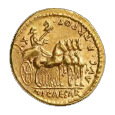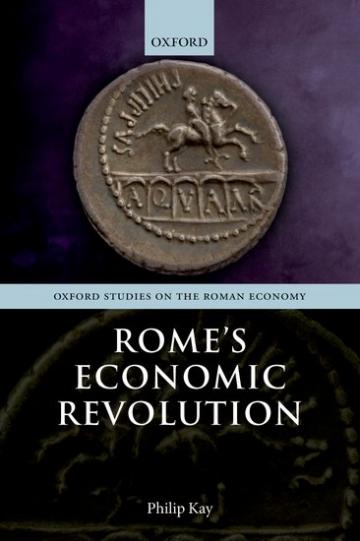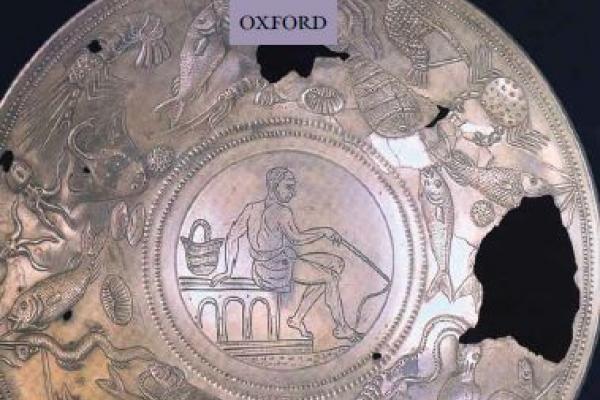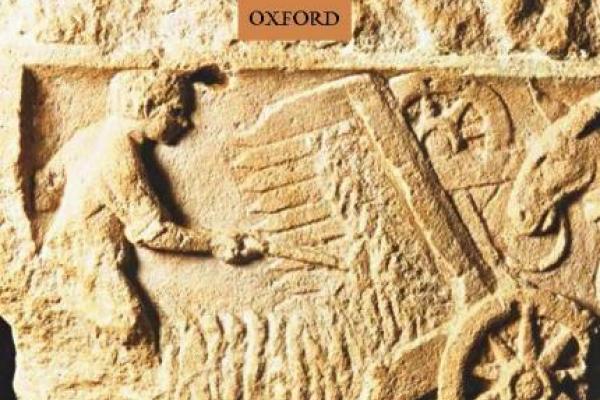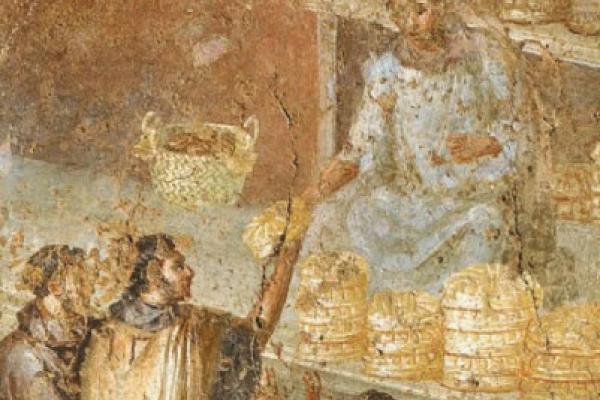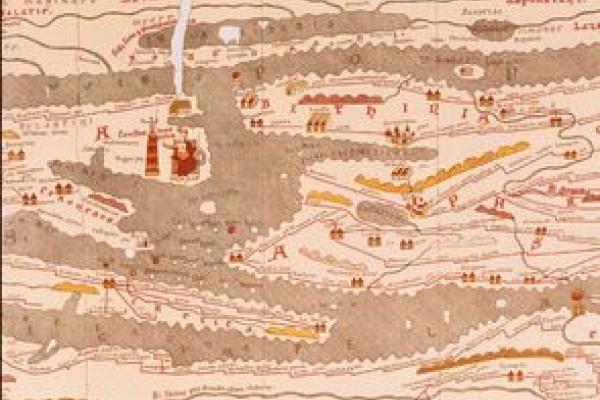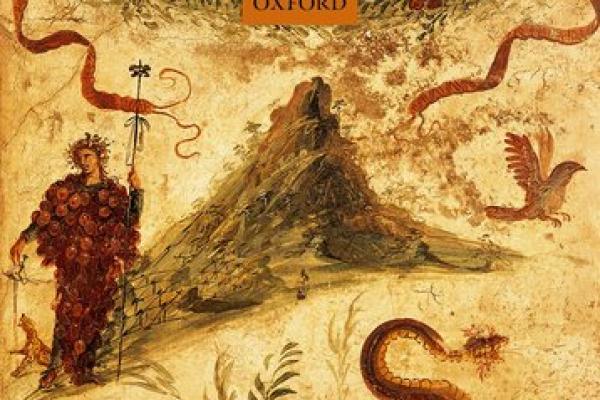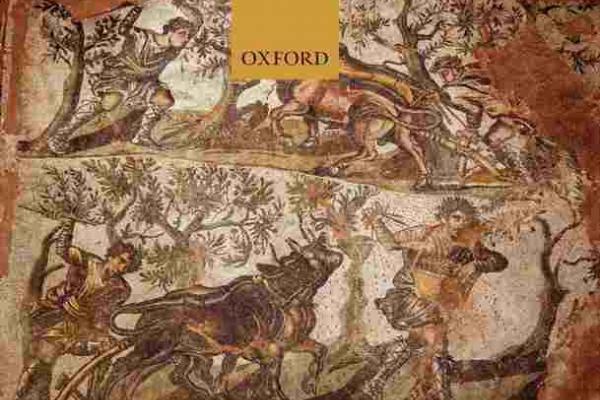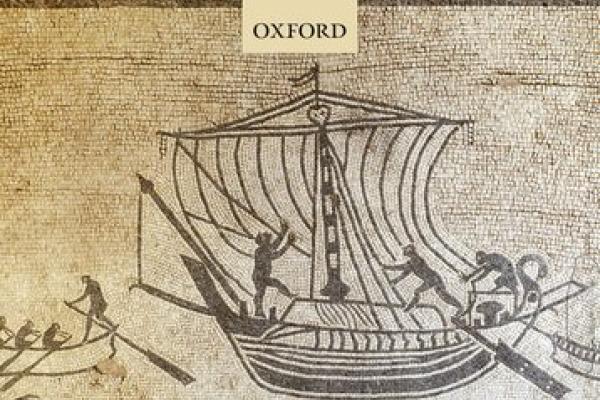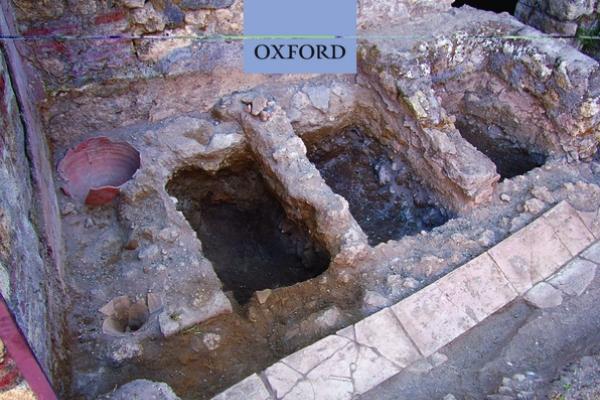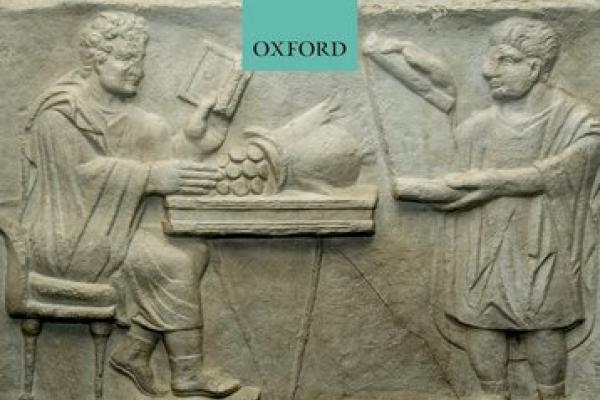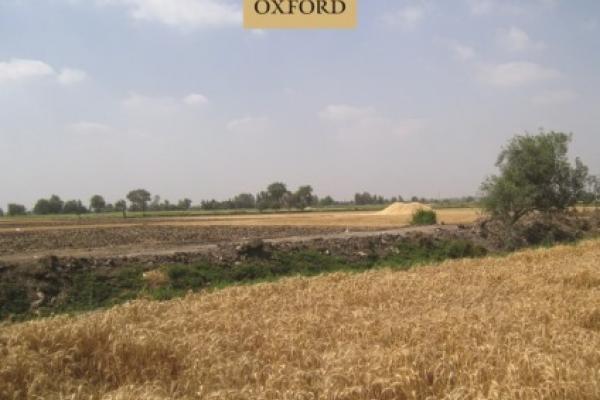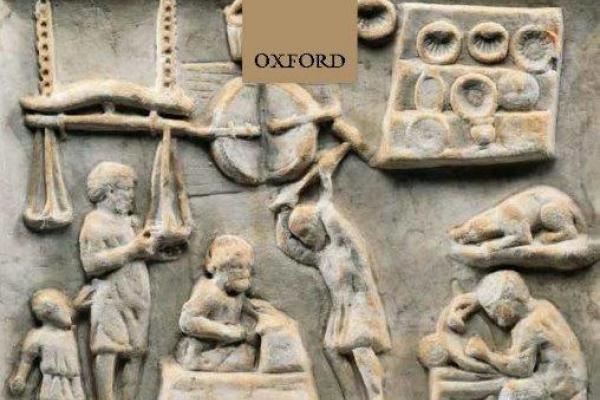Introduction
1: Rome and its Economy at the Time of the Second Punic War
Part I: Sources of Revenue
2: Indemnities and Booty
3: Mining revenues
4: State Finance and the lex Sempronia de provincia Asia
Part II: The Roman Money Supply
5: Cashing in the Plunder
6: Credit and Financial Intermediation
Part III: The Application of Funds
7: Investment Farming and Agricultural Exploitation
8: Trade, Capital, and Interconnected Markets
9: The Creation of 'Material Complexity'
10: After the Credit Crunch
Part IV: Quantification
11: Forecasting the Past
Summary and Conclusions

